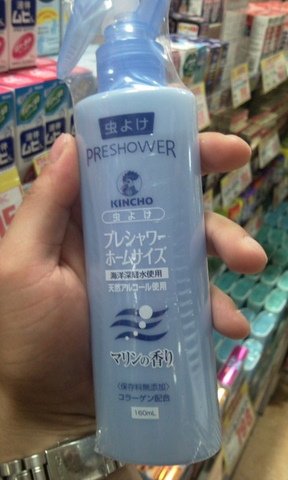I’m not that good about studying Japanese. Studying for school, sure: there are short-term, immediate consequences to not doing my work, not to mention public ridicule from professors and classmates if I clearly don’t know what I’m talking about or what’s going on. But with no (immediate) consequences and no (guaranteed) public ridicule if I don’t learn my five kanji for the day, Japanese always seems to fall to the bottom of my to-do.
Then I try to read a website, or an advertisement, or I have to ask my friend for the umpteenth time what a word means, or I know what I want to say in English but argh how do I say it in Japanese… and motivation returns. Life is hard living in a foreign country and only sort of knowing what’s going on, or what’s written on something, or what someone just said (and what to say back). There’s a lot of being confused and looking dumb.
Still, it needs to be easy for me to study: not easy in the subject matter, but easy in the method. If I have to read worksheet instructions or fumble around trying to find the right flashcards I lose my motivation in about half a second. Not to mention there’s no immediacy to gathering all these physical study materials: I have some already, but if I decide I need to learn something else I have to go to amazon.co.jp or the bookstore and poke around and obsessively read reviews to make sure what I’m looking at is a good product and on and on. Being a poor and mildly OCD is not a good combo.
And lo, in that void of a quick, convenient, well-priced (and isn’t free the best price of all) study tool comes: Anki. Anki is actually a generic flashcard application, but it allows for shared flashcard decks. So after downloading and installing the program, I can search through Anki’s massive database of flashcards and find that many people before me have created Japanese-language flashcards. No need to laboriously input data myself. There are flashcards for all the kanji for JLPT 1, 2, 3, and 4 (these designations are outdated now that the JLPT is organized by N1, 2, 3, 4, and 5, but it’s not as if the kanji I need to be fluent have changed), flashcard packs of 6000+ Japanese sentences, hiragana and katakana for beginners, grammar, and many more. Better still, Anki has an iPhone app. At $25 it’s more than a little pricey, but if you consider that the desktop client and all the flashcards that come with it are free, it more than evens out.
And finally, if you’re a particular studier who wants things just so like I do, you can edit the flash card packs you download. I didn’t like how the kanji flashcards gave me the kanji and the reading then asked for the meaning; I wanted them to give me the kanji and ask for the reading and meaning. With a quick template edit, I changed all 1000+ flashcards so I could have just that.
Studying has been a lot easier – or at least a lot easier to guilt myself into doing – since I started using Anki. With the iPhone app I can do my reviews on the train, syncing my progress so the desktop app knows I did my work when I get home. I can’t say I’m as diligent as I need to be, but I’m headed in the right direction.
So all that said… anyone want a box of White Rabbit kanji flashcards for JLPT 3-4? They’re starting to gather dust.
—
No pictures for this one, but let me know if you’d like me to break it up by adding a screenshot or something.

